What is Passata?
Passata is uncooked tomatoes with skin and seeds removed. Its name derives from the Italian meaning “pass through,” since the fresh skinned tomatoes are passed through a sieve or tomato press. The pulp that accumulates serves as the basis for sauces, soups, and other items calling for non-chunky tomatoes. It is a staple in Italian kitchens.
Passata has a long history in Italy and with Italians around the world. As a matter of fact, there is a Passata Day in Australia.
“Passata Day is an annual Italian tradition that’s celebrated around Australia, often in January when tomatoes are at their best. It involves families coming together, chopping tomatoes, boiling them [long enough to make skin removal easy], and then bottling the mixture for cooking throughout the year.” (SBS.com.au).
When recipes call for passata, they are referring to uncooked seeded, strained tomatoes. For example, you will see pizza recipes calling for passata. However, you can start with Passata which allows the taste of fresh tomatoes to be used in sauces, soups, and other recipes throughout the seasons other than summer.
Which Tomatoes for Passata?
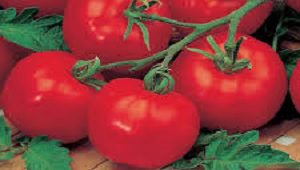
Fresh Tomatoes
Tomatoes with fleshy texture, less water content, and fewer seeds are preferred. Roma tomatoes are the most frequently recommended, as they develop a rich taste when cooked down for use in sauces or soups. Local grown vine-ripened tomatoes can be used.
Canned Tomatoes
Finding fresh tomatoes outside of the summer can be problematic. I have had great success with canned tomatoes. Be sure to look for canned whole tomatoes, without additional ingredients other than salt and citric acid, that have minimal heat processing. In reviewing the suggestions from the internet, Sclafani, Cento, and Tuttorusso brands plum tomatoes are highly rated. These are available in many supermarkets, upscale grocery stores, or online.
The San Marzano Debate.
Italy uses the abbreviation DOP (Denominazione di Origine Protetta literally “Protected Designation of Origin”) to certify that a product is genuine and comes from a specific region in Italy. Imported plum tomatoes with the DOP designation come from near Mt. Vesuvius. It is thought that the volcanic soil and sea breezes contribute to tomato quality. Additionally, the original San Marzano plum tomato is a different variety of plum tomato found in other parts of the world.
You can find many brands that have San Marzano but do not have the DOP logo. Sometimes they contain tomatoes that are grown from original San Marzano seeds, but obviously, they are not grown in the same climate if they are grown domestically. For an extended discussion about San Marzano tomatoes see The Fake Rolex of Canned Foods.
In the end, your taste should be the ultimate guide. Try some different canned tomatoes, and see if you like one better than another. There are several informal taste tests reported on the internet, nearly all of which indicate that price is not a good guide. When blinded folded and offered different brands to taste, the highest priced seldom comes out on top.
Make Your Own Passata
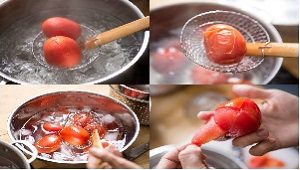
With fresh tomatoes, slice the skin in an X pattern on the bottom of the tomato. Place tomatoes in boiling water for about 1- to 2-minutes, remove them, and place them in ice-cold water. Peel the skin off the tomatoes: the boiling makes it very easy to remove. Place the tomatoes in a sieve or tomato press to separate most of the seeds and tougher fiber. Voilà, you have passata! Your yield from fresh tomatoes is about 40%, 2 ½ lbs of tomatoes should make about 1 lb of passata. When I use canned tomatoes, I do not add the juice that is in the can.
Using Passata
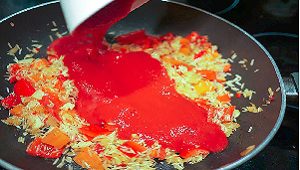
Passata should not be used in recipes that call for chunky or cooked-down tomato products (e.g., crushed, puree, paste, etc.). It can be used in stews and soups and makes a great starter for sauce. Remember, you need to cook the passata to release the tomato flavors. When cooking sauce, you can add any other ingredients that you like for flavor (e.g., pork, sausage, meatballs, beef, etc.). To reach the consistency that I like in sauce, I cook off about 1/3 of the total volume.
Storing Passata
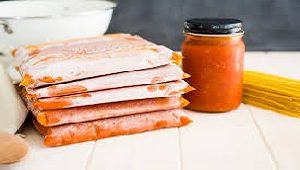
You can keep it in a container in the refrigerator for up to 24 hours and can be frozen in a freezer container for up to 3 months. If frozen, it is preferable to thaw in the refrigerator and use it within 24 hours. If you are really ambitious, you could can tomatoes at the end of their local season, processing a generous amount and then home-canning. Be sure to carefully follow normal canning safety guidelines.
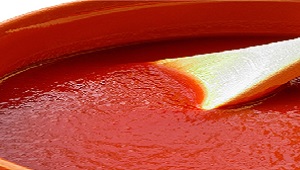

1 thought on “Passata”